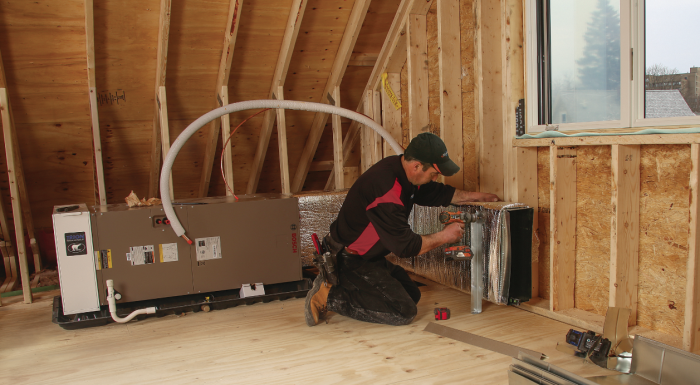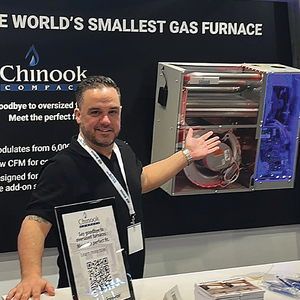Understanding Heating and Cooling Equipment Terminology
Knowing industry-specific HVAC lingo will help you make more informed decisions about heating, cooling, and ventilation strategies.

Variable-capacity heat pumps and air conditioners have an output that is matched to the heating or cooling load automatically (as opposed to the on/off operation of single-stage and to a lesser extent two-stage equipment, which has two operating speeds). The compressor of variable-capacity equipment runs at a slower speed for a longer time, which provides quieter operation, better humidity control, and greater efficiency. But specs among variable-capacity heat pumps and air conditioners vary widely. Understanding their differences starts with understanding the terms that describe their performance.
Key HVAC terms
SEER, or seasonal energy-efficiency ratio, describes the cooling efficiency of central air conditioners and heat pumps in cooling mode. Higher numbers mean greater efficiency.
EER, or energy-efficiency ratio, compares the Btu per hour of cooling to the amount of electricity used to produce it. Higher numbers mean greater efficiency.
HSPF, or heating seasonal performance factor, describes a heat pump’s overall heating efficiency taking into account defrost cycles and the need for supplemental heat. Higher numbers mean greater efficiency.
Turn-down is defined inconsistently, but refers to the minimum capacity of a variable-capacity heating or cooling appliance. Variable-capacity central equipment turn-down is generally between 30% and 70% of the equipment’s maximum output.
Sensible cooling is the load associated with making the building a comfortable temperature. Solar gain, heat generated from appliances, and air leakage are only a few of the factors affecting it.
Latent cooling is the load associated with dehumidification and the energy consumed in removing it from the air and water-absorbing materials in the building and home furnishings.
Manual J is the Air Conditioning Contractors of America (ACCA) heat gain and loss calculation to determine the loads in a building. A building’s size, airtightness, insulation, and glazing are a few of the considerations.
Manual D is the ACCA method for calculating register number and sizes, duct layout and design, and airflow per room. Short-cycling is when heating and cooling equipment runs for short periods of time, which hampers efficiency, reduces comfort, and reduces equipment life.
Commissioning is the setup of a new system, including adjusting blower speed, air delivery, and any other aspects of operation for maximum efficiency and comfort.
RELATED LINKS
























View Comments
Understanding heating and cooling equipment terminology is crucial for making informed decisions about HVAC systems. Key terms include SEER (seasonal energy-efficiency ratio) for cooling efficiency, EER (energy-efficiency ratio) for comparing cooling output to electricity usage, HSPF (heating seasonal performance factor) for Understanding
overall heating efficiency, and turn-down for minimum capacity in variable-capacity equipment. Other important terms include sensible cooling, latent cooling, Manual J and Manual D calculations, short-cycling, and commissioning. Familiarizing yourself with these terms will help you navigate the HVAC industry and make better choices for heating, cooling, and ventilation strategies.